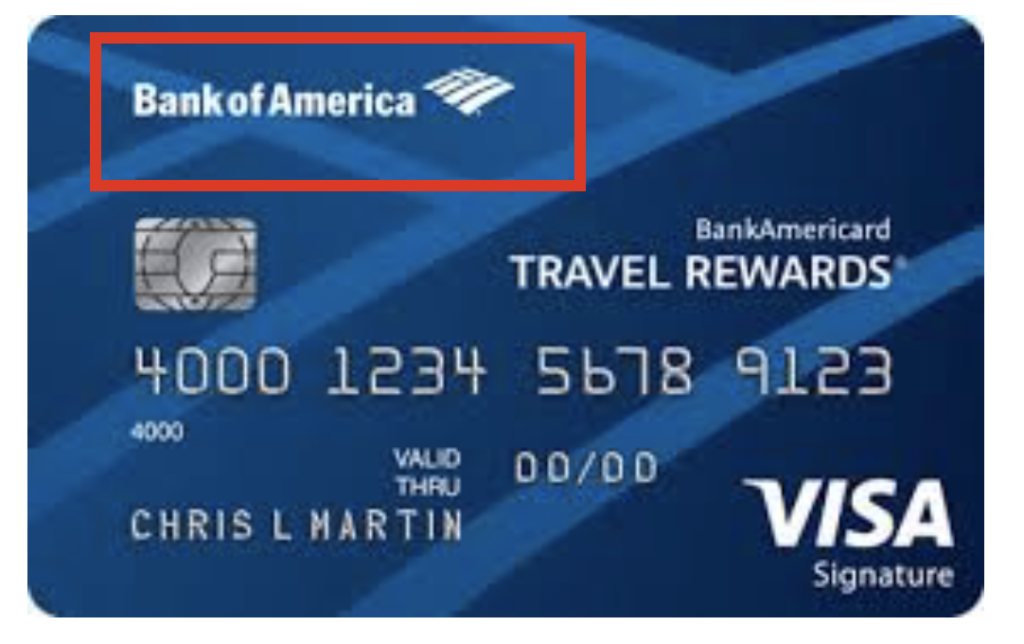The rejection of a sales draft by Visa or MasterCard before a transaction runs through Interchange, but after it has been paid by the acquirer.
A technology and payment method designed to limit fraud by using embedded computer chips on credit and debit cards. Businesses not using point-of-sale systems accepting EMV cards may become liable for certain fraudulent card transactions.
Many of the hidden credit card processing fees are difficult to detect without detailed analysis, which often overwhelms most merchants. However, this particular hidden fee is easier to highlight. It involves a bit of math, but nothing too complex.”
Divide the “Processing Fees” charged to the merchant $1,559.41 by the “Amount of Net Sales” $326,194.08 and you get .48%. However, when you look at the “Discount Rate,” it shows .35% not 48%.
The credit card processor shows the 35% (which is already six times more than any merchant should ever pay for a discount rate) and hides the extra 13%. This one is not only hidden, it’s deceptive.

This is a fee that credit card processors add to accounts. However, to be clear, this fee is not a bonafide fee recognized by the processing networks, nor is it charged to all merchants or by all credit card processors. It would appear to be an extra profit center for the credit card processors. By adding these types of fees, the processor can offer a lower discount rate while still maintaining high-profit margins. In the example below, the merchant thinks they are paying a .15% “Discount Rate.” However, when you add back in the “Interchange Clearing Fee,” the merchant is paying .50% which is over ten times what the merchant should be paying. To be clear, this is just one example, and when you ask the processor to remove it, they will add a different fee to take its place.

An ISO (Independent Sales Organization) is a third-party entity that resells merchant processing services. ISOs are required to disclose their affiliation at the bottom of their website. For example, “ABC Processing is a registered ISO/MSP of Any Bank, Cincinnati, OH.”

The one who issues the Credit Card, which is Bank of America in the example below.

In order to be competitive and offer lower discount rates, credit card processors can get creative and charge fees that are unique to them. This gives the merchant a false perception of what they are truly paying.
Below, the merchant has a .15% discount rate, which is about three times more than they should be paying. However, the credit card processor has added an “Interchange Clearing Fee” for .0035 (.35%), taking the actual rate the merchant is paying to .50%, which is over ten times what they should be paying.

As seen on

Want to talk?
- Call us today 800-672-1292
- Book a free consultation